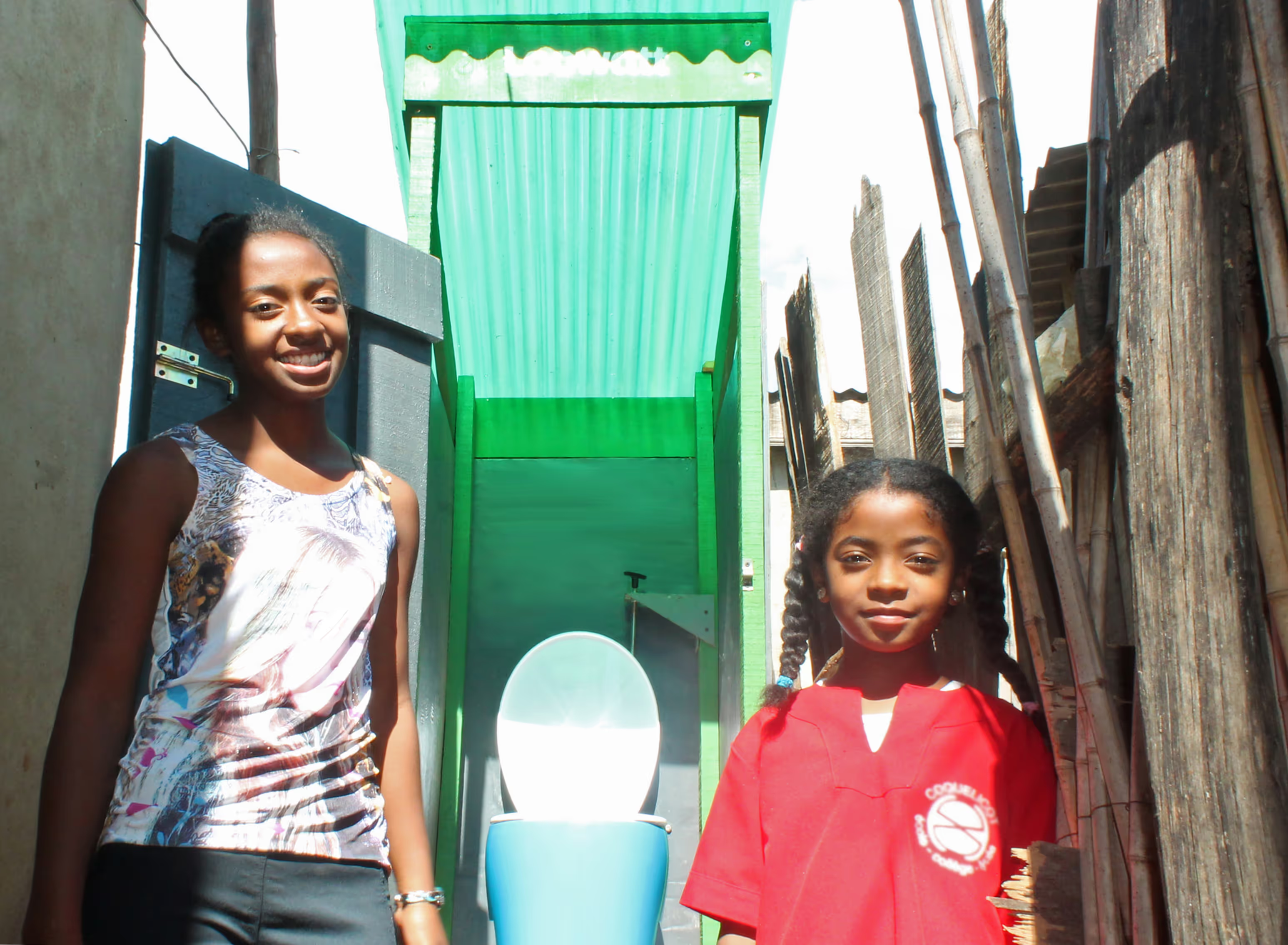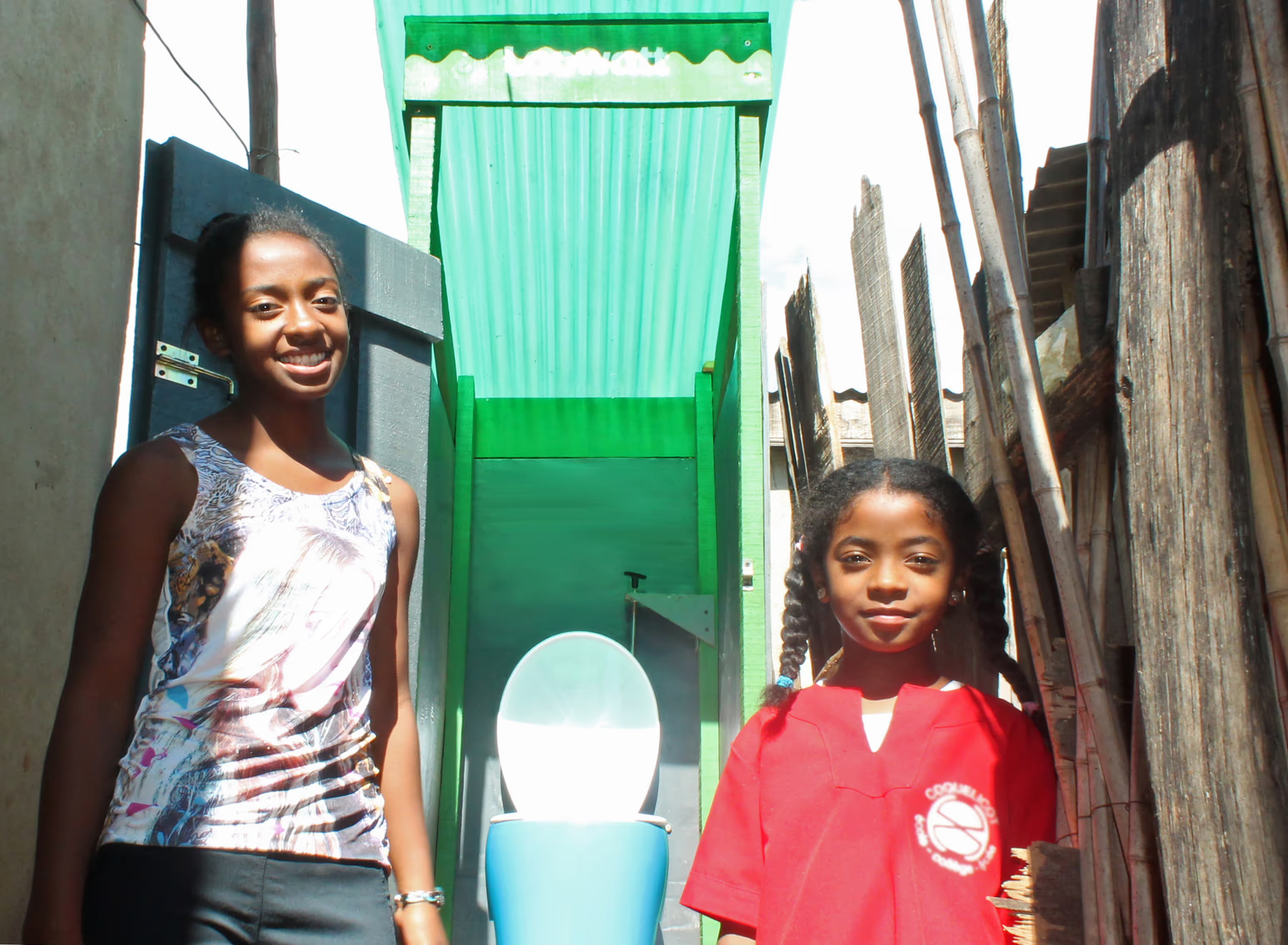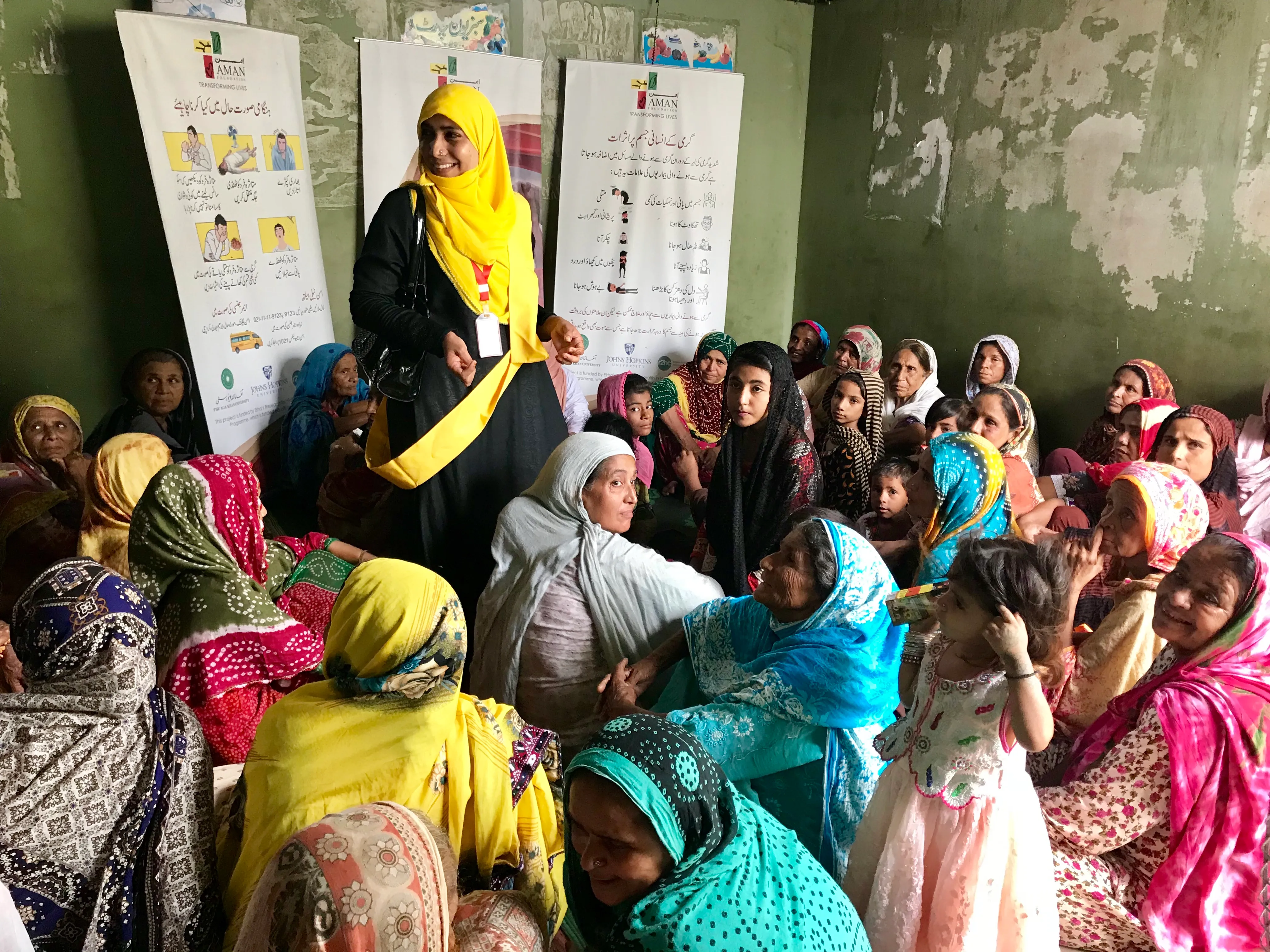Waste to Value Sanitation for Humanitarian Response

In sanitation, Waste to Value (WTV) refers to systems that convert human waste into energy, fertilizer, and other byproducts. WTV systems for urban sanitation are now widely considered desirable in FSM (Fecal Sludge Management). Recent work and proceedings at EAWAG, Bill &; Melinda Gates Foundation, and the 2015 FSM3 conference all point to the importance of WTV. However, in the humanitarian response sector, WTV for sanitation is often met with extreme responses—from denying its feasibility altogether in favour of installing latrines, to considering it a panacea that will solve all problems of cost and sustainability.
Such reactions are driven in part by limited understanding in the sector of the technologies that treat human waste, and an underestimation of support they require in terms of service and market creation. Key issues are:
- The sector needs to accept that in urban and densely populated areas the incumbent technology solution, the pit latrine, is inadequate in terms of the safe management of human waste;
- More consideration will be required to set up sustainable service models that can support WTV in market contexts of emergency or displacement;
- The potential operating cost benefits of WTV solutions can’t be evaluated without more rigorous monitoring and dissemination of data that shows energy and sanitation costs of existing solutions, such as pit latrines and diesel generators.

Nonetheless there is impetus to introduce better toilet technologies and include WTV. Drivers include widespread acknowledgment of the following:
- Bad toilet user experience (smell, lack of hygiene, and other factors) hinders latrine uptake, especially in response scenarios where populations have not been previously accustomed to using latrines;
- User experience is linked to the toilet’s maintenance, which can be improved by incorporating service to/from WTV treatment;
- Factors (a) and (b) also influence security, especially for women, as lack of adoption and maintenance make toilets a pariah of daily rituals and thus hotspots for assault;
- Perspectives in the FSM sector have moved strongly in favor of WTV in the last 5 years.
Since 2010, Loowatt has been developing a WTV sanitation solution designed for implementation in urban areas, and our toilet technology has been proven in the field with paying household customers in densely populated and flood-prone areas Antananarivo, Madagascar.
We hope to pilot our technology for the humanitarian response sector in 2016, working with partners to help us deliver the infrastructure and develop the supporting service model with local actors. To this end we recently attended the Global WASH Cluster meetings in Nairobi—and we’re now in the midst of planning next steps. Please stay tuned for updates!
Stay updated
Sign up for our newsletter to receive regular updates on resources, news, and insights like this. Don’t miss out on important information that can help you stay informed and engaged.
Related articles



Explore Elrha
Learn more about our mission, the organisations we support, and the resources we provide to drive research and innovation in humanitarian response.